Among the new weapons deployed by the Russian armies in recent years, the hypersonic 3M22 Tzirkon missile was, along with the Avangard hypersonic glider, the most worrying for the Western camp.
This missile, with a range of 1000 km, had, in fact, the potential to profoundly transform the geometry of air and naval combat, by considerably reducing the reaction times of the targeted ships, while being almost invulnerable to the anti-aircraft and anti-missile defenses existing today. today, like the American SM-6, or the French Aster 30.
To the point that many voices have been raised to question the sustainability of large naval air and amphibious surface units, like aircraft carriers or assault helicopter carriers, described as preferred targets for this type of missile.
The performance of the other hypersonic missile, or presented as such by Moscow, the Kinzhal, in Ukraine, should probably have called for more caution in this area, as this one turns out to be neither hypersonic, nor invulnerable to defenses. modern Ukrainian anti-missiles.
In this section:
Moscow launches Tzirkon hypersonic missiles against Ukraine
If the Kinzhal remains a formidable ballistic weapon, which requires, to be intercepted, that the anti-missile battery be positioned near the intended target, it lost, in Ukraine, the aura of invincibility which had been built by communication about her.
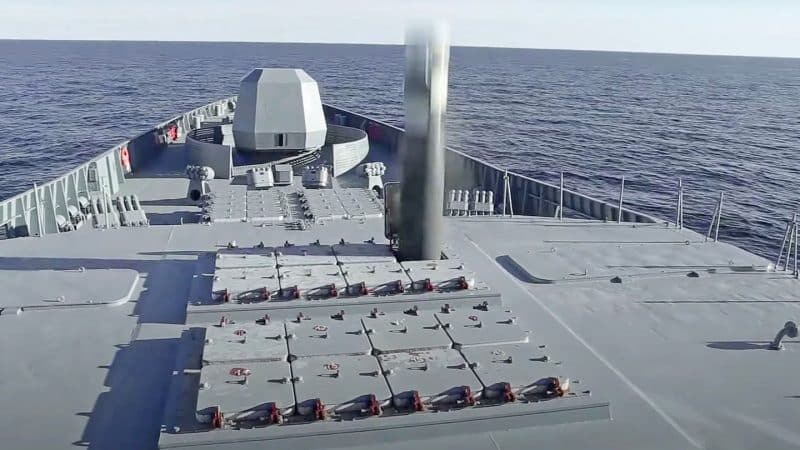
This is perhaps what prompted Moscow to use, this week, its second Wunderwaffen (miracle weapon), against Kyiv, the 3M22 Tzirkon missile, although it was initially designed as an anti-ship missile with of strikes towards land, and not as a surface-to-surface cruise missile.
Unlike the Kinzhal, the Tzirkon has a super-stato-reactor, and maneuvering capabilities, making it a true hypersonic weapon, capable of evolving at more than Mach 5, to thwart the most modern enemy anti-aircraft defenses, such as the American Patriot PAC-3, or the Aster 30 of the Franco-Italian SAMP/T Mamba system.
The Tzirkon's speed worked as expected. Indeed, where the inhabitants of Kyiv had, until now, several tens of minutes to reach the shelters after an alert was launched, they were surprised to note that the explosions of the Ukrainian DCA, then the missiles themselves themselves, arrived only a few minutes after the alert was given.
Lesser performance than expected from the 3M22 Tzirkon missile, according to the Ukrainian specialist press
It seems, however, that other surprises awaited the Ukrainians regarding these strikes, but not bad ones this time. Indeed, according to the Ukrainian specialized press, if the Tzirkon indeed had a hypersonic transit speed, it would have slowed down to around Mach 4,5, for its final dive phase.
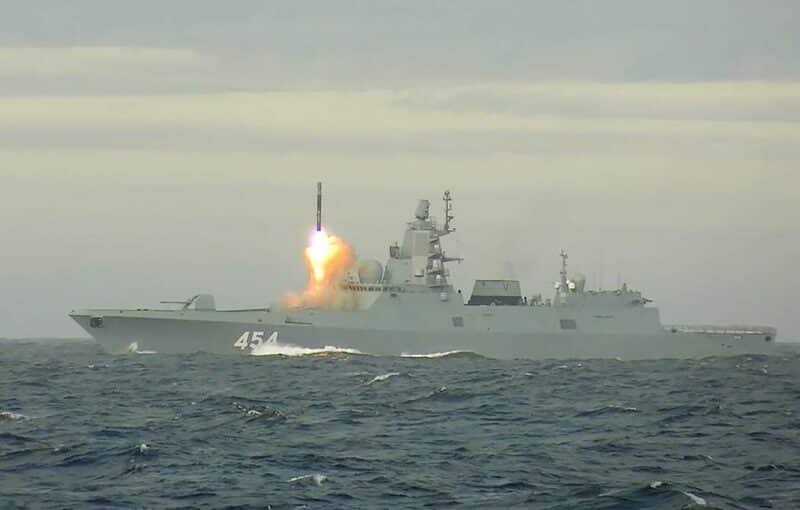
It is certainly a question of simultaneously reducing the phenomena of heat release around the missile, when it reaches the lower layers of the atmosphere, as well as, possibly, of allowing the guidance system to realign itself, or even to acquire its target to come and strike it.
In doing so, the Tzirkon, despite its high speed and its maneuvering capabilities, would enter the interception envelope of the Patriot PAC-3 and the Aster 30 Ukrainians, as long as they are positioned close to the intended target.
As such, the press and the Ukrainian authorities claimed responsibility for the successful interception of one or more Tzirkon missiles during recent strikes on Kyiv. However, it is very difficult to attest to these assertions with certainty.
Debris analysis provides new information on Tzirkon and its limits
The Ukrainian specialist press has also obtained and published certain elements of a report relating to analysis of the supposed debris of these missiles having been launched against Kyiv.
Here again, it is appropriate to maintain certain reservations regarding these announcements, Ukraine having an obvious interest in leveling the perception of the threat posed by these Russian munitions against the population and civilian infrastructure of the country. However, the analysis, as it was presented, seems coherent, although it obviously deserves to be confirmed or refuted by more independent analyses.
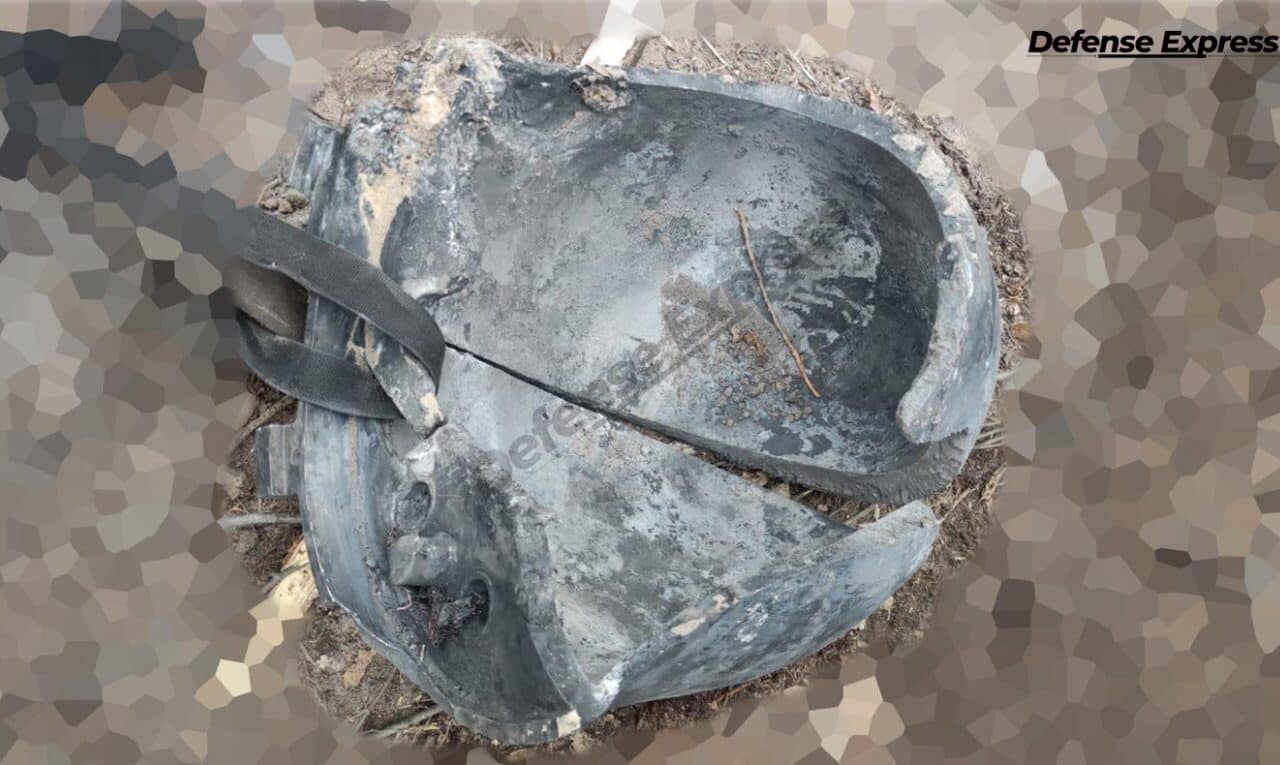
Thus, the Ukrainian specialists would have managed to reconstruct the flight profile of the missile, in particular the fact that it must pass below the hypersonic threshold in the final phase. This would allow modern anti-aircraft and anti-ballistic systems, particularly the French Aster 30 and the American SM-6, to intercept the missile, as is the case for conventional ballistic anti-ship missiles.
More surprisingly, it appears that the missile's warhead is particularly light, 100 to 150 kg, and that it only includes 40 kg of explosive charge. According to the Ukrainians, this constraint was made essential by the announced objective of a range of 1000 km for this missile, this explaining, moreover, that the range of the missile continued to increase during the tests, as the warhead was lightened.
Such a warhead, if proven, would significantly reduce the destructive potential of a 3M22 missile. Even taking into account a warhead mass of 150 kg, and an impact speed of 1870 m/s, i.e. Mach 4.5, the energy release would barely match that of 110 kg of TNT, i.e. 150 kg, at best, with the military load.
If this load can overcome a ship of less than 5 tons, such as a corvette or a medium frigate, it is insufficient, beyond that, against a heavy frigate, a destroyer, and even less against a large amphibious ship. of 000 or 20 tons, or on an aircraft carrier of 30 tons or more.
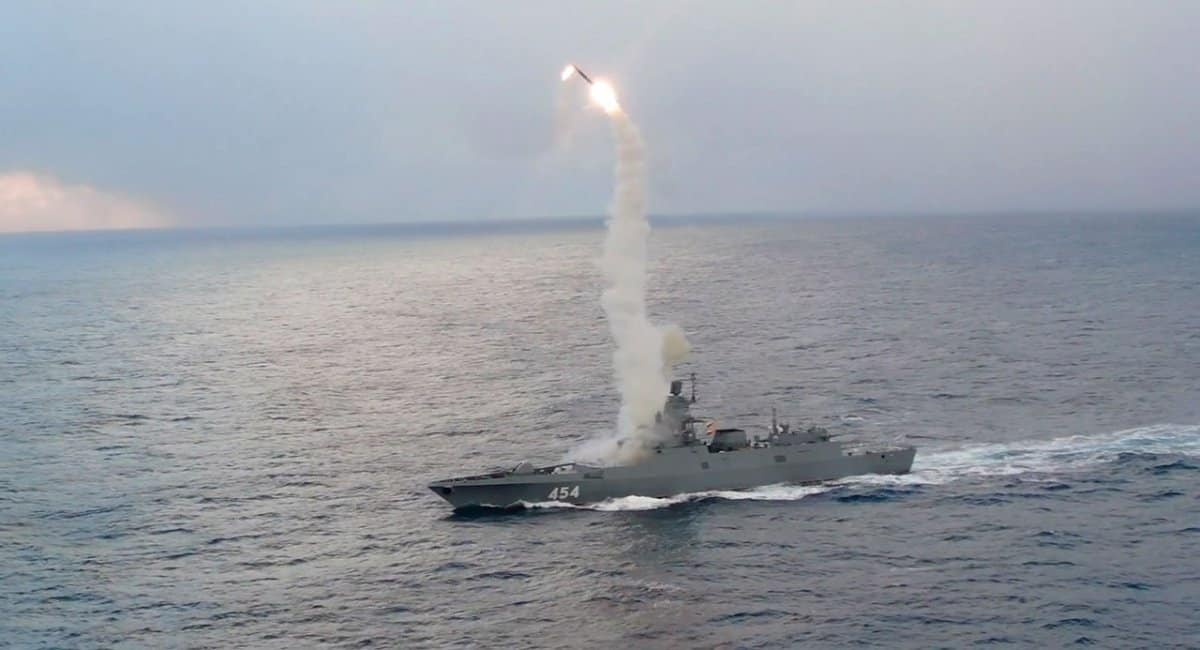
These assertions, if confirmed, would considerably alter the perception of the threat that the 3M22 Tzirkon would pose to Western navies, not very different, in this case, from that of the P800 Onyx supersonic anti-ship missile, which entered service there more than 20 years ago.
French MBDA's Aster 30 missile adorned with a new aura after its successes in the Red Sea
These assertions come concomitantly with a demonstration of remarkable effectiveness of the Aster 30 missile in the Red Sea. As mentioned in this article, the French frigate Alsace, in fact, managed to intercept, off the coast of Yemen, three Houthi anti-ship ballistic missiles launched almost simultaneously against her and the civilian ships she was escorting.

This demonstration of the effectiveness of the Aster 30 caused a stir, particularly in the West. For a long time, in fact, the general staffs and admiralties had doubted the performances announced by MBDA, concerning its Aster 15/30 missile, in particular, in the anti-ballistic field, preferring American solutions like the Patriot PAC-3 or the SM- 6, despite demonstrated performance of the missile, during tests and training.
If MBDA has not collapsed under new orders since the exploit of Alsace and its missile, it now obviously enjoys a new aura, whether among the military and specialist commentaries. .
The SAMP/T Mamba is now at the heart of Ukrainian demands, like the Patriot PAC-3
This aura has also reached Ukraine. Until now, the authorities, but also the Ukrainian specialized press, had eyes only for the Patriot, insistently asking the United States and allies for more systems and more missiles.
Much more distributed than the Mamba, whose 26 batteries delivered to date only equip 3 armed forces (France, Italy and Singapore), the Patriot was above all adorned with qualities superior to the European system, at least, in public perception and politics.
The Mamba, from then on, appeared much less often in official Ukrainian discourse, even if the battery delivered by Paris and Rome was deployed in area protection, like the four Patriot batteries available to Ukraine.
It is not clear whether or not the Ukrainian Mamba battery participated in the interception of Russian Tzirkons sent against Kyiv. However, it is now clear that it is systematically mentioned simultaneously with Patriot, in the speeches of the Ukrainian authorities, as in the country's specialized press.
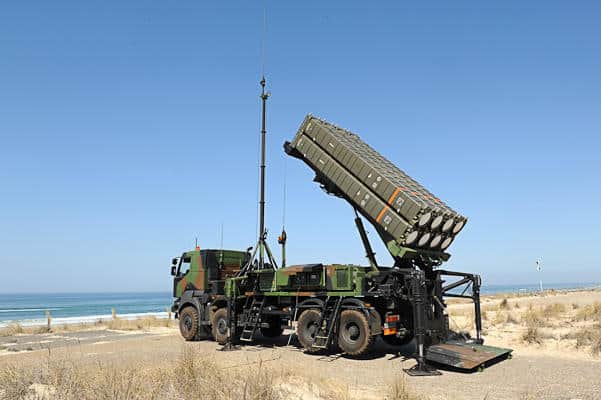
The proven successes of the Aster 30 in the Red Sea in the anti-ballistic field, as well as the uncertainties over American military aid, have certainly influenced this change in posture, while now Kyiv is demanding no more “ Patriot batteries“, but “ long-range anti-aircraft batteries Mamba or Patriot Additional.
Message probably well received by France, Minister Sébastien Lecornu having announced a possible toughening of state action against manufacturers, in particular the subcontractor network, if the production of this missile does not significantly increase in the coming weeks and months.
Conclusion
Although it is appropriate to maintain a certain caution in the face of Ukrainian announcements, it seems that the Russian 3M22 Tzirkon super hypersonic missile does not constitute the unstoppable and absolute threat against large NATO naval units, as it was. presented so far by Russian communication.
Not only does its destructive capacity appear limited, but the missile would have a flight profile, putting it within the range of the most advanced Western anti-missile systems, such as the US Navy's SM-6, and especially the French Aster 30.

It is interesting to note that the image of these two missiles have crossed in recent days, seeing the image of invulnerability of the 3M22 Tzirkon crumble following the strikes against Kyiv, while, at the same time, the Aster missile 30 made a striking demonstration of its effectiveness, in the Red Sea, perhaps also in Ukraine.
It remains to be seen, now, whether the assertions and conclusions emanating from the Ukrainian services are or not confirmed, either by independent analyzes or by factual evidence.
If this were the case, it would, without the slightest doubt, constitute a major blow to Russia's image of power, particularly in the naval field, but also to that of Vladimir Putin, who had made his new hypersonic weapons , one of the pillars of Russia's newfound military power, through its political action.
Article from March 29 in full version until May 5

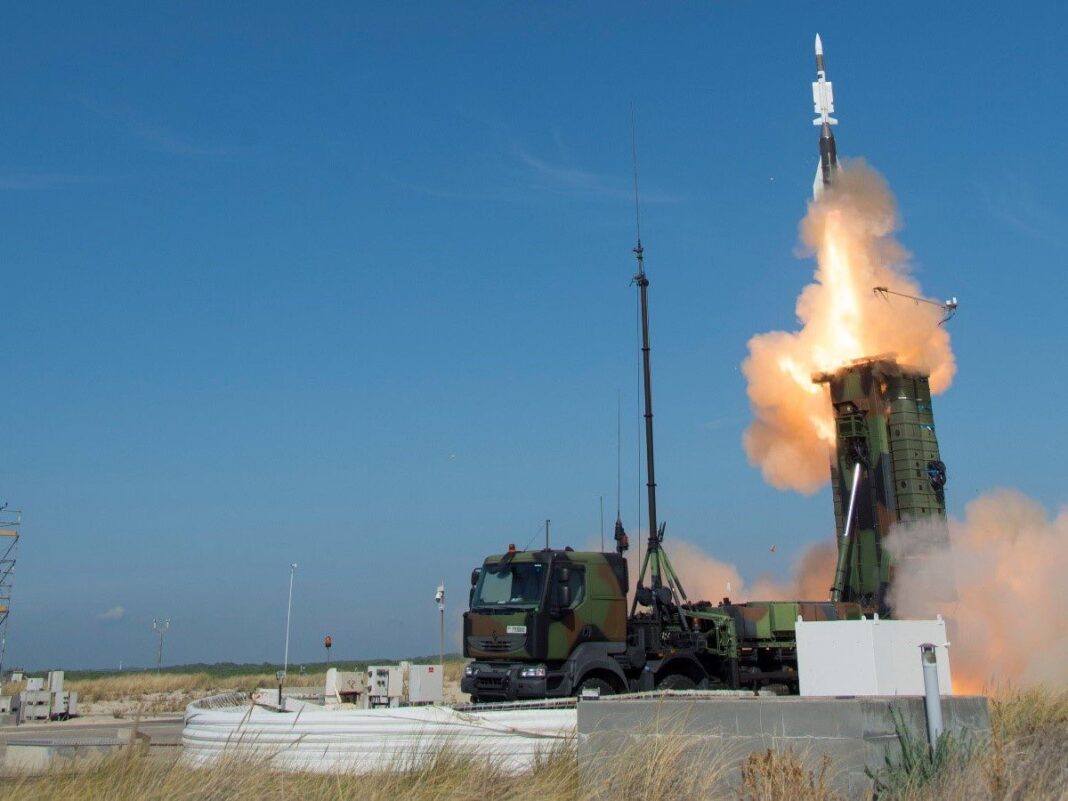
We had already discussed this subject when this missile was officially released.
It should be put in the same bag as the Poseidon torpedo or the Sarmat Mesc***illes.
These are pretty crude propaganda powerpoints.
A 5th grade student solves physics problems to demonstrate that a torpedo cannot in any way release the energy of a tsunami and that a missile with more than mach 5 is uncontrollable at low level (it would not resist the change of direction )
The subject is not very well posed. There is no doubt about a missile's ability to intercept a fast-moving missile. The problem is the interception envelope which is particularly small. The or an Aster 30 covers an area 160 km high and 200 km wide for a hostile vector sailing at Mach1, for a vector at Mach 4 or 5, the area will probably be 20km high and 50 km wide. More batteries would therefore be needed to cover the front line. It's purely geometric. And having this slowdown effect in the final phase certainly helps but doesn't completely change the problem either. From 8 systems to cover the front line, 256 would be needed for comparable coverage against hypersonics. Not the same story or the same costs.
This is mentioned in the article, since it is said that the Aster/Patriot/SM-6 battery must be close to the intended target. In fact, it's not a question of speed, but of ceiling. These missiles peak between 25 and 35 km altitude, where the hypersonics transit between 50 and 60 km altitude, precisely to avoid the Patriots because they are too high, and the SM-3/THAADs because they are too low.
In fact, the only way to intercept them is when they dive and pass under the ceiling of the Aster/Patriot/SM6. As these missiles are designed to intercept diving ballistic targets moving from Mach 3 to Mach 5, they can intercept the Tzirkon. On the other hand, as they can only intercept from an altitude of 30 km +/- 5 km, they must stay very close to the area targeted by the missile.
However, in the case of the 3M22, which is above all an anti-ship missile, this is good news, because regarding frigates and destroyers, the target and the battery are one. Simply position yourself close to probable targets, the PAN, PHA or BRF, to be within the required firing envelope.